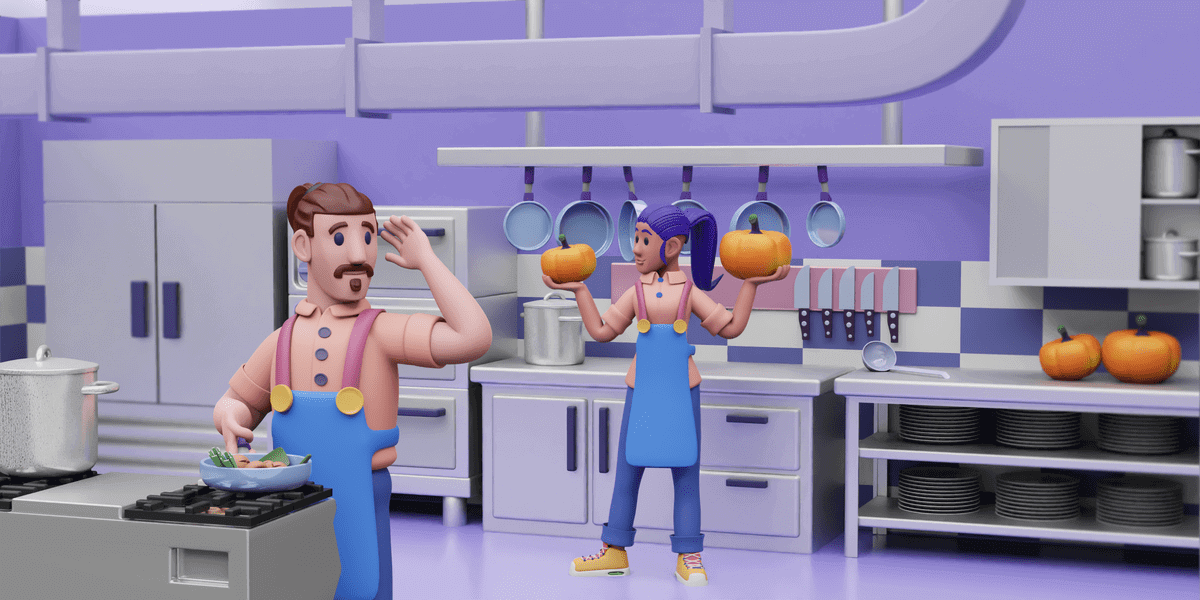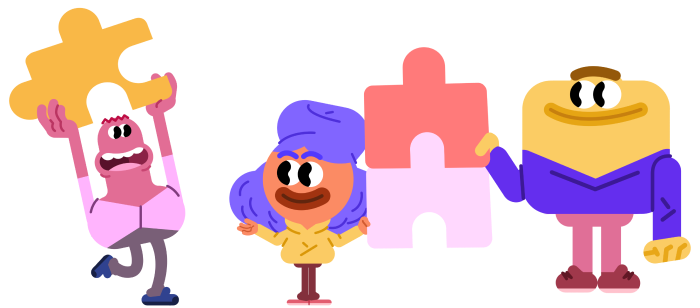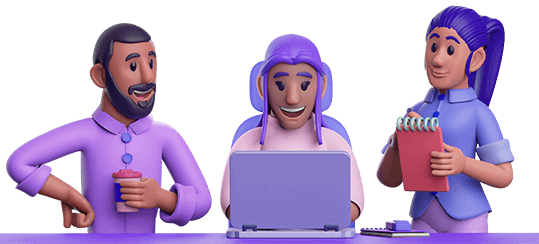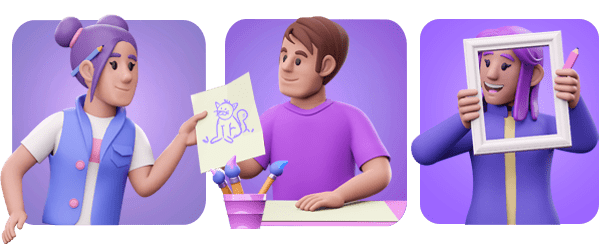Collaboration vs. Teamwork: Key Differences
The corporate vocabulary is made up of nice-sounding buzzwords and phrases whose application doesn’t necessarily correlate with their true meaning. That is not to say that there is any negative intent behind such application, but rather that some terms are often taken lightly and interpreted without attention to the nuances contained within their definition.
“Collaboration” and “teamwork” both feature prominently in the corporate lexicon, and for a good reason. After all, collaboration and teamwork are truly the cornerstones of a healthy and productive working environment.
Still, even a casual browse through a random sample of “values/vision” pages on business websites will reveal a great deal of misunderstanding and misapplication regarding these terms. “Collaboration” and “teamwork” are often used interchangeably as synonyms, even though there are significant differences in their meanings.
In this article, we will do our best to clarify the distinctions between collaboration vs. teamwork, determine where they overlap and where they diverge, and why this distinction is so important.

- Collaboration and teamwork are different when it comes to the skillsets of their members, their autonomy, the division of roles, and their leadership styles.
- Teamwork requires individuals with similar skills for maximum efficiency, while collaborative teams are composed of members with diverse skills, which enhances the creative input.
- Collaboration boosts innovation and unpredictability, whereas teamwork fosters a shared understanding and defined outcomes.
- In teamwork, there is a designated leader, while collaborative groups have no strict hierarchy.
Table of Contents
The main differences between collaboration and teamwork
The main difference between collaboration and teamwork is the diversity of skills in collaboration as opposed to the similarity in skill sets within teamwork. Teamwork members tackle individual tasks independently, whereas, in collaborative teams, they unite, leveraging complementary skills to achieve shared goals.
Also, teamwork creation requires agreement, while group collaboration fosters positive uncertainty by creating something new rather than following a familiar framework.
Take a look at the table below to see the other key differences between teamwork and collaboration.
| Teamwork | Collaboration |
|---|---|
| Similar skill sets among team members | Diverse skill sets for creative input |
| Individual autonomy of team members | Fluid autonomy with shared decision making |
| Clear definition and division of roles | Flexible roles, adapted to project needs |
| Defined leadership and hierarchy | Shared leadership and no strict hierarchy |
| Focuses on proficiency and finishing tasks | Essential for creative solutions |
Let’s delve into these intricacies to gain a better understanding of the differences between great collaboration and teamwork.
🎓 PUMBLE PRO TIP
Once you understand the differences between collaboration and teamwork, read our article on how to best utilize them for success:
Teamwork unifies roles, while collaboration thrives on diversity
Unlike the similarity of roles and skill sets commonly associated with teamwork, the diversity of skills, roles, and perspectives is one of the defining qualities of collaboration.
Instead of all team members pulling in the same direction, collaboration brings together professionals of diverging expertise to combine their skills and insights to achieve a common goal that could not be achieved through reliance on a single skill set.
While effective teamwork relies on coordination to achieve peak productivity, collaboration does not thrive on adherence to a predetermined scenario, but rather on improvisation.

Collaboration reaches its full potential through:
- The clash of perspectives,
- An active dialogue between collaborators, and
- A free exchange of ideas, insights, and opinions.
All of these factors reinforce the team’s collective ability to solve problems and fuel innovation.
🎓 PUMBLE PRO TIP
Diversity is a virtue of any healthy workplace that brings in impressive results. Learn how you can foster more inclusive communication at work by reading our guide:
Teamwork fosters agreement, but collaboration sparks innovation
Teamwork, as well as its earlier evolutionary stages of cooperation and coordination, are rooted in agreement — a shared understanding of individual roles and responsibilities with fairly defined outputs and outcomes.
In stark contrast, collaboration is rooted in positive uncertainty and unpredictability — the potential to create something new, rather than perform within a familiar framework of expectations.
The emphasized creative aspect of collaboration is nicely described by Michael Schrage in his book Shared Minds:
“Collaboration is the process of shared creation: two or more individuals with complementary skills interacting to create a shared understanding that none had previously possessed or could have come to on their own.“
Collaboration, in opposition to teamwork, thrives on difference and yields the greatest rewards through the challenging of petrified perspectives.
🎓 PUMBLE PRO TIP
Innovation is one of the biggest benefits of collaboration— and to find out what are the rest, visit our article:
Teamwork requires a leader, whereas collaboration flourishes in flexibility
Teamwork, with its structured approach, calls for a leader, providing a clear chain of command. On the other hand, collaboration thrives in flexibility, embracing a shared leadership that adapts to the needs of the collective.
The leader in teamwork plays a pivotal role in:
- Providing guidance,
- Making decisions, and
- Ensuring that tasks are completed properly.
In contrast, as we mentioned before, effective collaboration is the perfect setting for innovative creation that requires discussions and the free exchange of ideas. Its shared approach to decision making fosters a more fluid dynamic.
Serving different purposes, teamwork focuses on proficiency and finishing tasks, while collaboration is essential for creative solutions. Both of their structures contribute to the overall effectiveness of a team or collaborative project.
🎓 PUMBLE PRO TIP
Being an effective communicator is one of the key traits of a good leader. Foster teamwork success by learning how to best convey important information to your team members:
Pumble elevates team dynamics
Both teamwork and collaboration play a major role in the operations of modern-day organizations. In fact, they often overlap, run parallel, and take place simultaneously or interchangeably.
Regardless of their objective, both concepts are fostered by effective communication and reliable channels.
As we explore the nuances between collaboration and teamwork, it’s essential to acknowledge tools that enhance team interactions. Pumble, a team communication app, provides features for both the structured needs of teamwork and the innovative spirit of collaboration, making it the ideal platform for unity and creativity.
 Team Collaboration Hub
Team Collaboration Hub 








